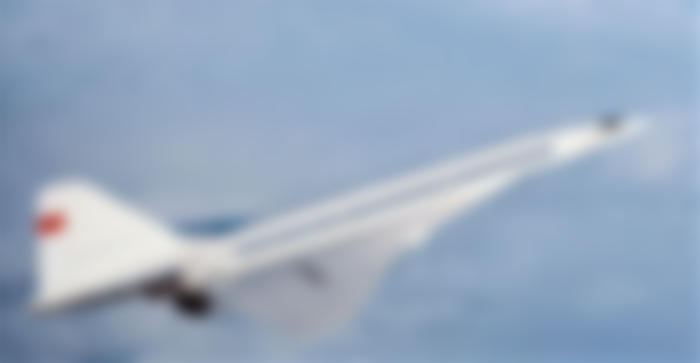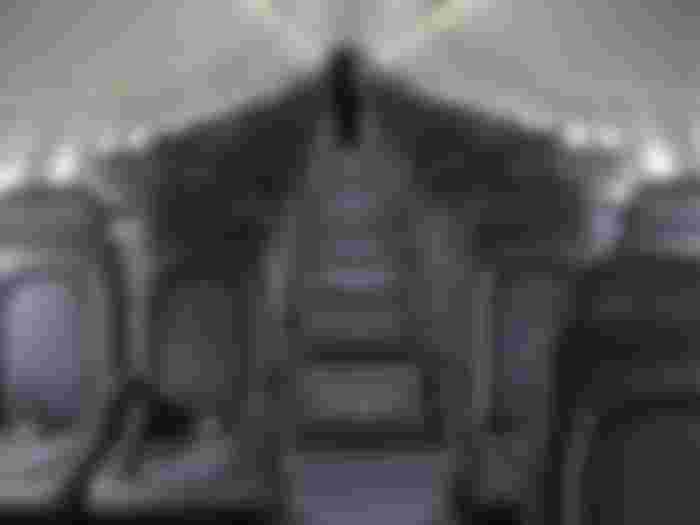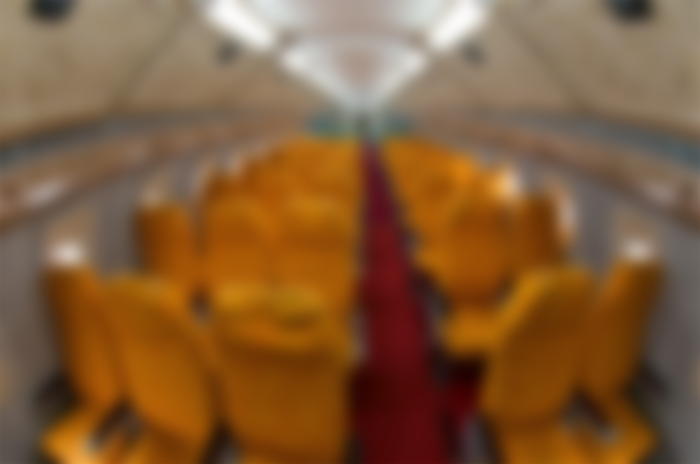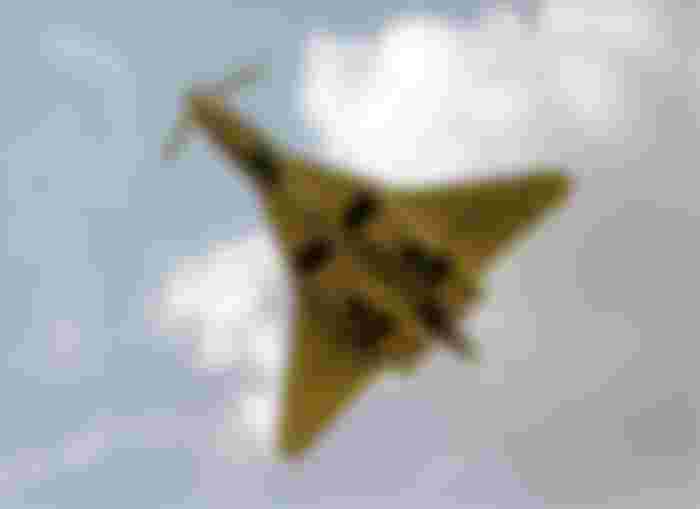The Concorde, the first supersonic passenger plane. It was cool, stylish, luxurious, and extremely fast! It was twice as fast as a modern day airliner, and it could cross the Atlantic Ocean in just three hours!

The Tu-144 was the only other supersonic passenger plane to have ever entered service, and while it looked almost identical to the Concorde, it couldn't be more different. It was loud, uncomfortable, and a litle dangerous!
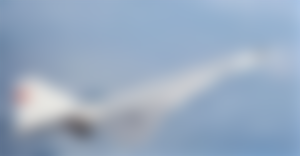
It was clearly based on the Concorde's design, you can tell that just from looking at it. But in some ways the Tu-144 was better, it carried more passengers, and it even flew faster!
In the 1960's the race was on between the west and the Soviet Union to build the first ever supersonic airliner, but there was more to just being fast, it was about showing who was the best.
It first started as a race between three superpowers. The Americans were building the Boeing 2707, the French and English were working on the Concorde, and the Soviets were developing the Tu-144. Boeing ended up backing out of the race due to bureaucratic problems and cost overruns, and in the end canceled the project.

This put the Concorde far in the lead, and the Soviets who had more primitive technology had a lot more catching up to do. Of course they relied on their ingenuity to make up for their shortcomings, and also a whole lot of spying! They stole 90.000 technical documents from the Concorde program, which allowed them to catch up with the Concorde's development. In the end the Tu-144 made its first flight on December 31st 1968, two months before the Concorde.
The Concorde was completely designed around passenger experience. Journalists were amazed at how smooth and comfortable the flight was, and the cabin crew had no problem talking to passengers, due to the low amount of noise generated by the Concorde's engines.

Things were a little different on the Tu-144. The seats were crammed inside of the plane, and due to the more primitve engines and cooling systems, the aircraft produced so much noise noise that passengers couldn't even talk to each other!

The Tu-144 only flew one route, once a week, from Moscow to the city of Almaty in Kazakhstan. Part of the reason for this was that the engines burned so much fuel that its range was very limited. But for some reason the Soviet government decided to build seven more of them.
Out of a 102 scheduled flights, there were 226 mechanical failures, 80 which were serious enough to delay or cancel the flight!
From the beginning the Tu-144's airworthiness was in question. One crashed in front of thousands of people at the 1973 Paris airshow. In 1978 another one came down after a fuel line rupture, and yet again in 1980, when one suffered an engine explosion and was forced to make an emergency landing.
The problem was that the development of the Tu-144 had been rushed. It was more important for the Soviets to build the plane before the Concorde, than actually building it well. They had fewer resources and inferior technology, but surprisingly were able to get it done.

But all the innovation on both sides of the Iron Curtain, couldn't overcome the simple fact that supersonic travel was just too expensive.
In the capitalist west you could price airplane tickets at 5x the regular price. The Concorde eventually found a niche market where it served the rich and the famous. Fourteen Concordes were eventually built, but it still ended up a huge commerical failure. The French and the British had poured billions into the program, and they would never earn that back. The Concorde was in passenger service for 23 years, and the last one was retired in 2003.
But in the communist Soviet Union, who exactly was supposed to pay for flying in the Tu-144? The price of a ticket on a Tu-144 flight was the same as any other flight in the Soviet Union, and without people being able to pay for expensive tickets, the airplane ended up as a prestige project and a propaganda tool. The Tu-144 was retired not even a full year since it started flying!
But that wasn't the end for the Tu-144! It made a short comeback from 1996 to 1997, when NASA briefly used the plane for high speed research.

As of today only two aircraft are preserved.
Thanks for reading, and I hope you enjoyed this story!

